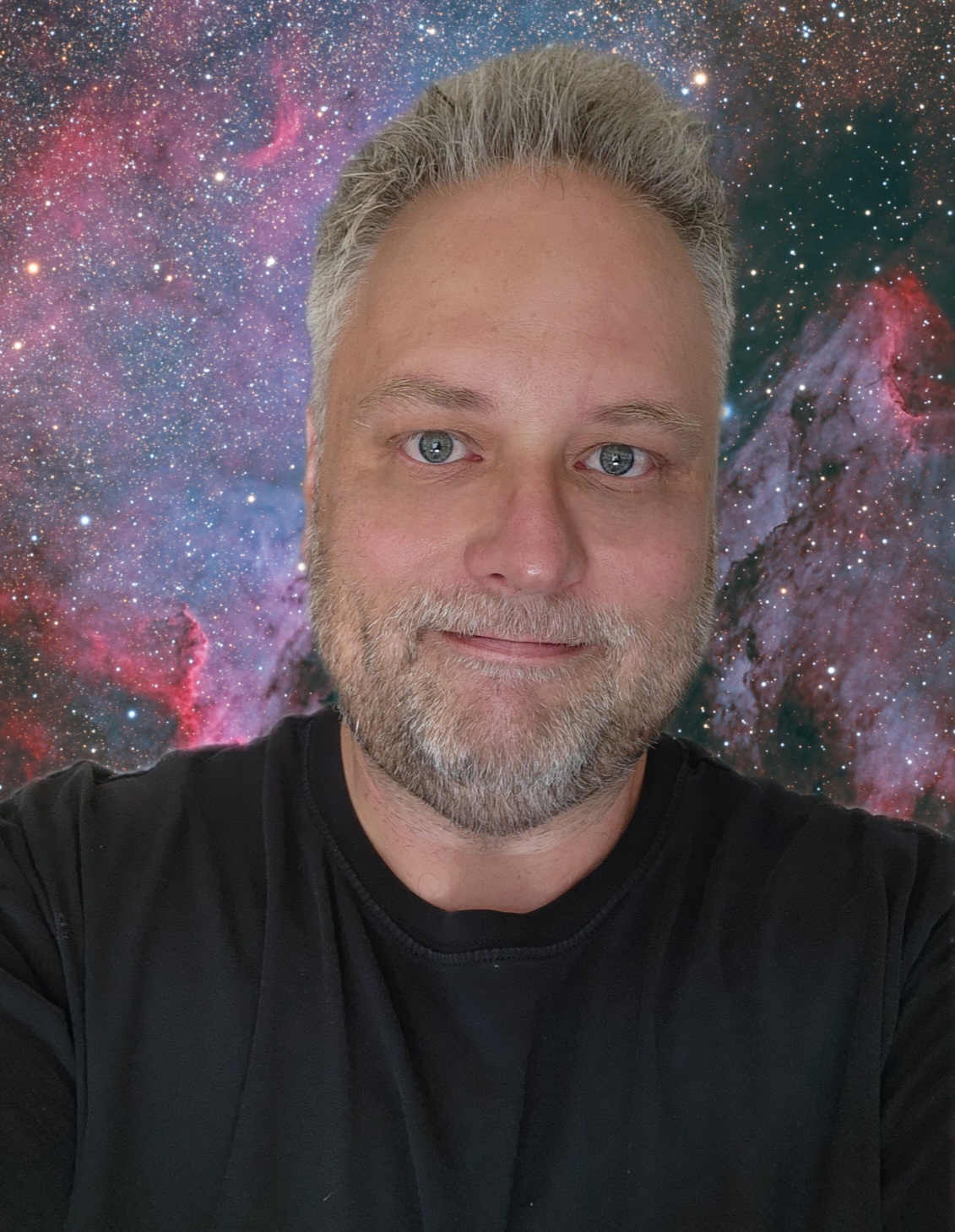No products in the cart.
I’ve imaged the M81 and M82 galaxies before with other telescopes. These two neighbours form a striking pair in even small telescopes. Both are around 12-million light years away from Earth.
Both are quite extraordinary in their own right. From the fantastic spiral structure and detail in M81 which harbours a 70-million solar masses supermassive black hole, to the glowing hydrogen filaments emanating from M82.
I have been interested in trying out my new Orion 10″ f/3.9 Newtonian Astrograph I had acquired over the Winter. Having used a Celestron CPC 800 8in SCT and a Skywatcher Equinox 80mm ED APO Refractor for a few years now, I am curious to see the results.
The data acquisition was done using Nebulosity 3. PHD and the Orion StarShoot AutoGuider for autoguiding. A Baader MPCC (Multi-Purpose Coma Corrector) was used as well, which is a must for any Newtonian, especially fast focal lengths. This will help flatten the field of view, so you’re stars on the outside edge are pin point and not oval shaped.
Technical:
- Equipment: Orion 10″ F3.9 Astrograph with Baader MPCC, Skywatcher EQ6 Mount, Canon (modified) 350XT 8MP DSLR.
- Software: Nebulosity 3 for acquisition, calibration and alignment. PHD for auto guiding.
- Exposure: Total of 2 hours and 40 minutes / 5min subs.
- Processed in Photoshop.
This image acquired from a dark site NW of Conestoga Lake, Ontario, Canada.
#ClearSkies

My story began more than 40 years ago looking up at the Moon with a small telescope my Father had. Encouraged by my parents, who bought me my very own telescope, a 4.5″ reflector, I began to explore the night sky from my family home backyard. Today I do astrophotography from my home in Kitchener, Ontario and also with remote telescopes located in New Mexico and Australia. Some of my images have won awards and have been featured online and in magazines.


Leave a comment...